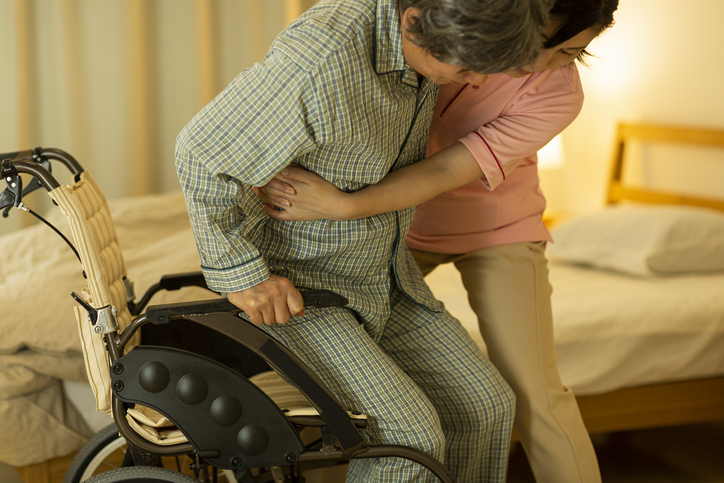The home health care industry is booming, with a rapidly-growing number of America’s seniors receiving medical and supportive care in the comfort of their own homes. Caregivers must possess a broad range of skills in order to deliver competent care. Unfortunately, many of our nation’s caregivers are underequipped to handle certain physical and mental health conditions. In addition to insurance for home health care providers as a risk management strategy, agencies must implement rigorous training programs for caregivers, allowing them to adequately address the needs of those individuals they are entrusted to care for. Here are some of the major components of a training program for home health care providers.
Frailty and Depression: Emerging Risks in the Home Health Care Environment
In 2014, the American Journal of Geriatric Psychiatry published a study that attempted to correlate two emerging health threats in seniors: geriatric frailty and depression. In the study, it was found that older adults with depression or cognitive deficits showed higher levels of frailty, or a greater risk of health decline and function among seniors. These threats, coupled with a high percentage of chronic diseases – about 80% of older adults in the study – make it critical that home health care providers understand these conditions. Unfortunately, many caregivers in the home health environment lack training on assessing depression or other cognitive deficits in their patients.
A lack of training in these factors can lead to negative consequences, including declining health, injury, or even death of patients. Home health care agencies should consider adding training in frailty and depression assessment as part of staff training programs, helping to reduce the risks associated with these conditions.
Caregiver Training: Developing Key Job-Related Skills
The role of the caregiver in the home health environment is diverse. Home health aides must often provide medical treatment in addition to assistance with daily tasks like dressing, bathing, meal preparation, and cleaning of the patient’s home. There are certain key skills that caregivers must possess, and a focus on these skills should be part of every training program. Key skills for home health care providers include:
- Time Management
- Organization
- Safety and Security
- Medical Knowledge
- Listening Skills
Home health care aides are often expected to travel significant distances to make home visits to their clients. Here, time management and organizational skills are crucial – allowing caregivers to provide the right amount of coverage for their charges during the work day. Skills development that reinforce managing time efficiently gives caregivers the tools needed to manage busy workloads.
Medical Training
Medical knowledge is, of course, the core of the skill set that caregivers must possess. In addition to general medical care like wound dressing and basic first aid, medical training programs should also include:
- Dementia and Alzheimer’s care
- Assessing vital signs
- CPR certification
- Basic pharmaceutical knowledge
- Assessing clients for signs of depression and/or cognitive deficits
- Physical therapy/Exercise programs
In many cases, medical training is required by regulatory and licensing agencies as part of continuing education credits. Still, home health agencies can incorporate advanced training programs of their own, particularly as emerging health risks become known.
Safety and Security Training
Safety and security training provides enhanced protection for both caregivers and their clients. Just like insurance for home health care providers, safety training is a powerful risk management tool. Caregivers may be required to travel to unfamiliar neighborhoods or to rural locations; and as such are at risk of crime, including violent acts committed by the people they care for. In fact, according to a survey conducted by the Association for Healthcare Security and Safety Foundation (IAHSS), as many as 61% of home care nurses experienced some type of workplace violence, and an additional 30% experienced an act of sexual harassment or assault in the workplace. Healthcare workers should be trained in protecting themselves and their clients from harm, including learning the signs of violence and trusting one’s judgement if situations were to feel dangerous. Safety training should also include how to assess clients’ homes for hazards, including chemical and environmental factors as well as slip and fall risks. Doing so can reduce injuries for both caregivers and home residents, making the home health care environment that much safer for all involved.
With the right types and frequency of training, home health agencies can supplement the risk protections provided by insurance for home health care providers. Training is a critical aspect of operations, and with this training, caregivers can continue to deliver accurate, competent, and compassionate care to those who need it most.


